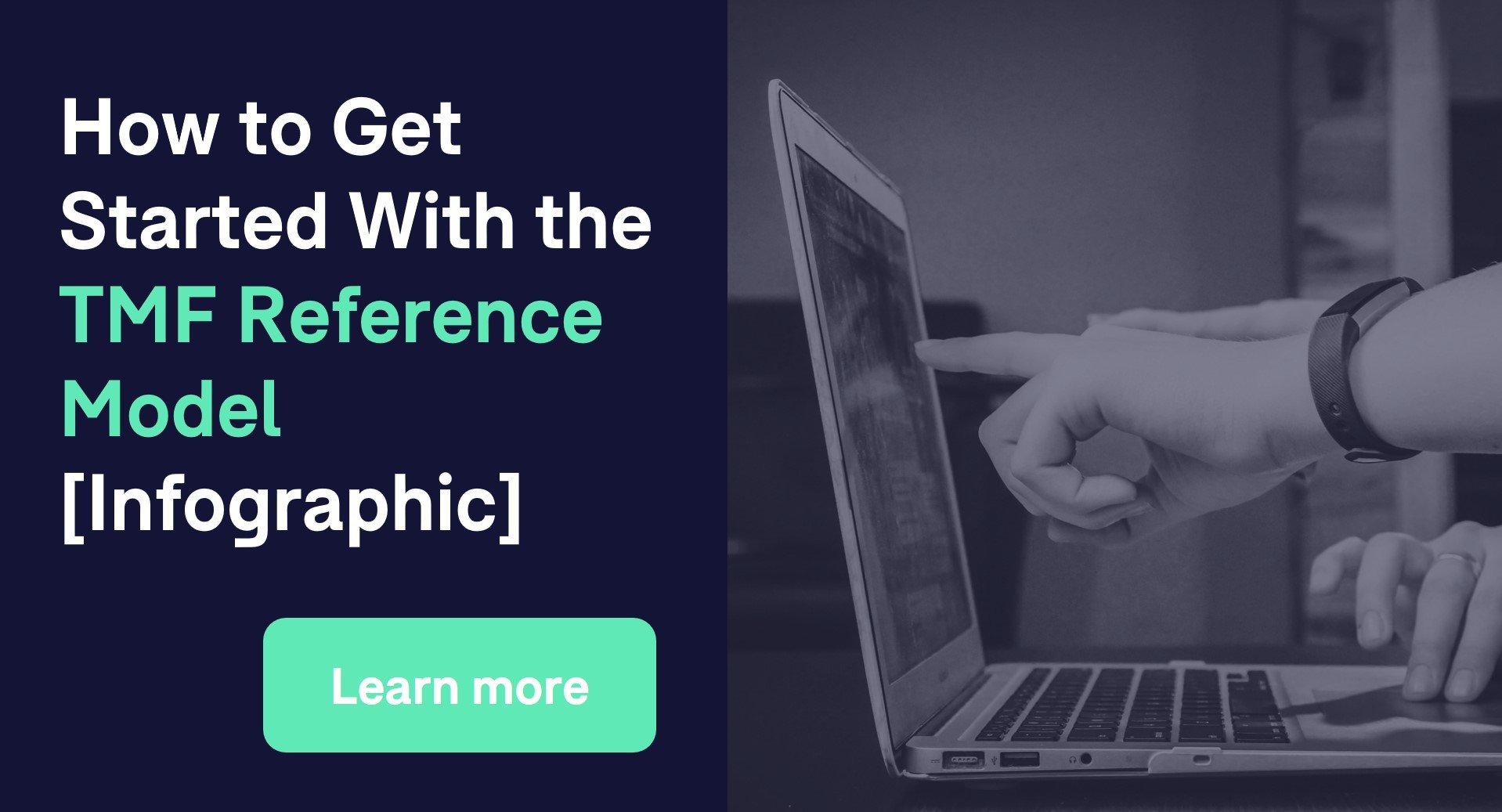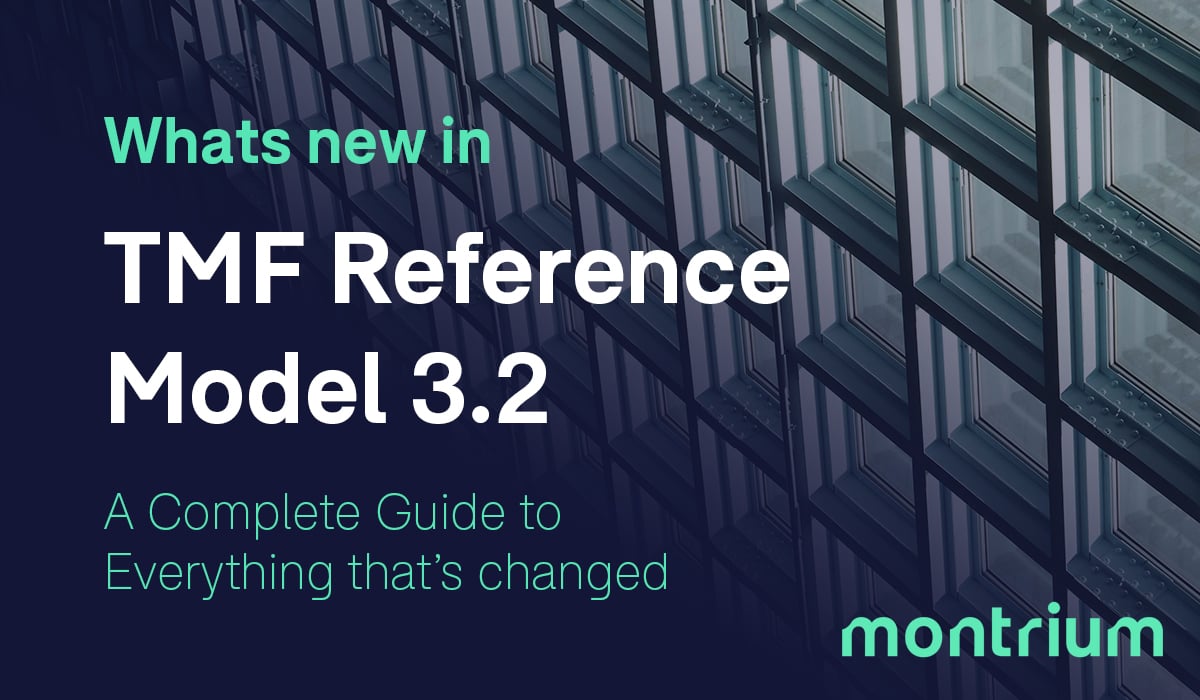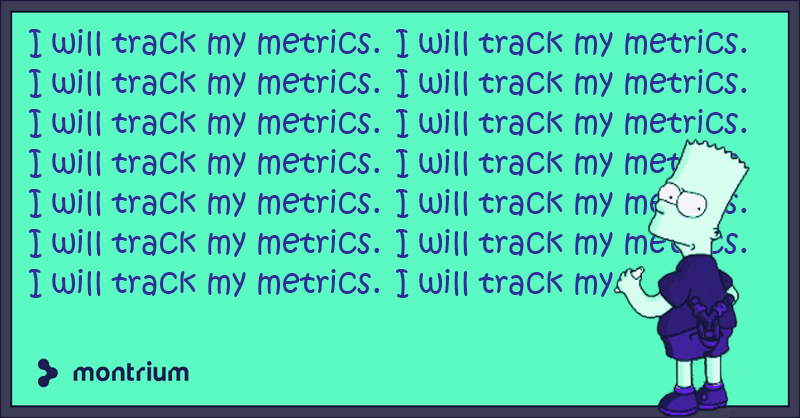
An activity as old as time itself, storytelling weaves facts and narrative together to tell us how events played out. As humans, we are wired to create, share, and listen to stories. But where does storytelling come into play in clinical research? And in a world where the volume of clinical trial information is ever increasing, how can we effectively communicate our findings?
The Trial Master File (TMF) is a collection of essential documents that are collected during the course of a clinical trial. It's there to tell the story of how your study was managed and carried out.
This group of documents allows the conduct of a clinical trial to be reconstructed and evaluated at any point in time. The DIA TMF Reference Model provides standardized taxonomy and metadata and outlines a reference definition of TMF content using standard nomenclature. There are 11 process zones, from Trial Management, to EDC records, to Statistics, that are able to provide TMF related metrics that tell the story of how the study has been conducted and how the TMF has been managed.
Now, TMF Reference Model version 3.2.0 is poised to further standardize and simplify TMF management processes. The new version expands the scope and definition of artifacts, sub-artifacts and file types, which will support and encourage teams to illustrate the story behind clinical trial activities and share “the truth in the details".
The TMF Reference Model is not a regulation, but a guidance intended to drive clarity on the clinical trial data and records to prepare for clinical trial inspection. In a webinar poll last year, we asked what is your highest priority TMF challenge today? And 29% of attendees said leveraging the TMF Reference Model. So without further ado, here are the key steps to get started with using the Reference Model!

Thanks for reading! Let us know how the Reference Model has benefitted your organization in the comments below!















